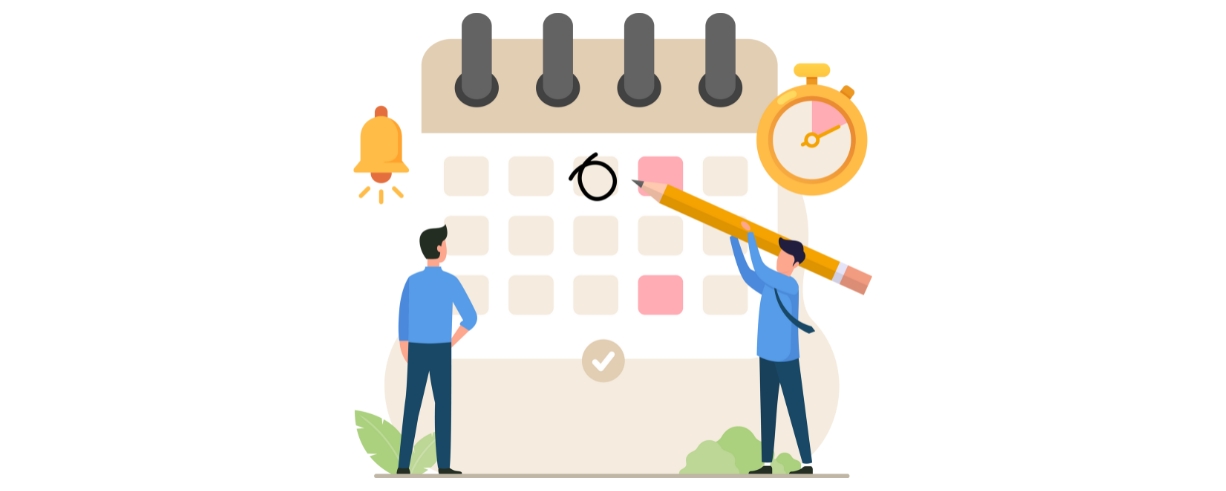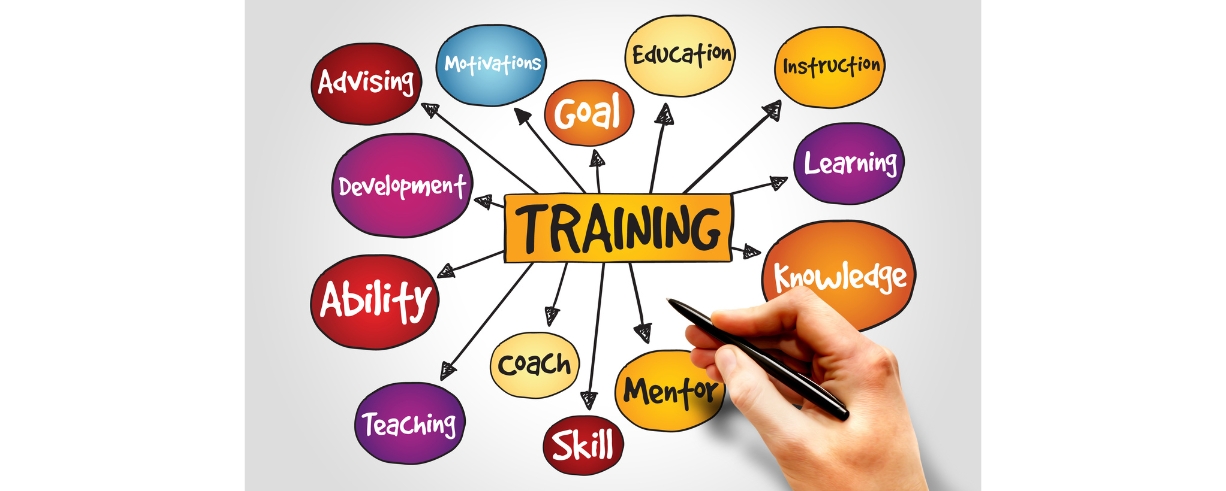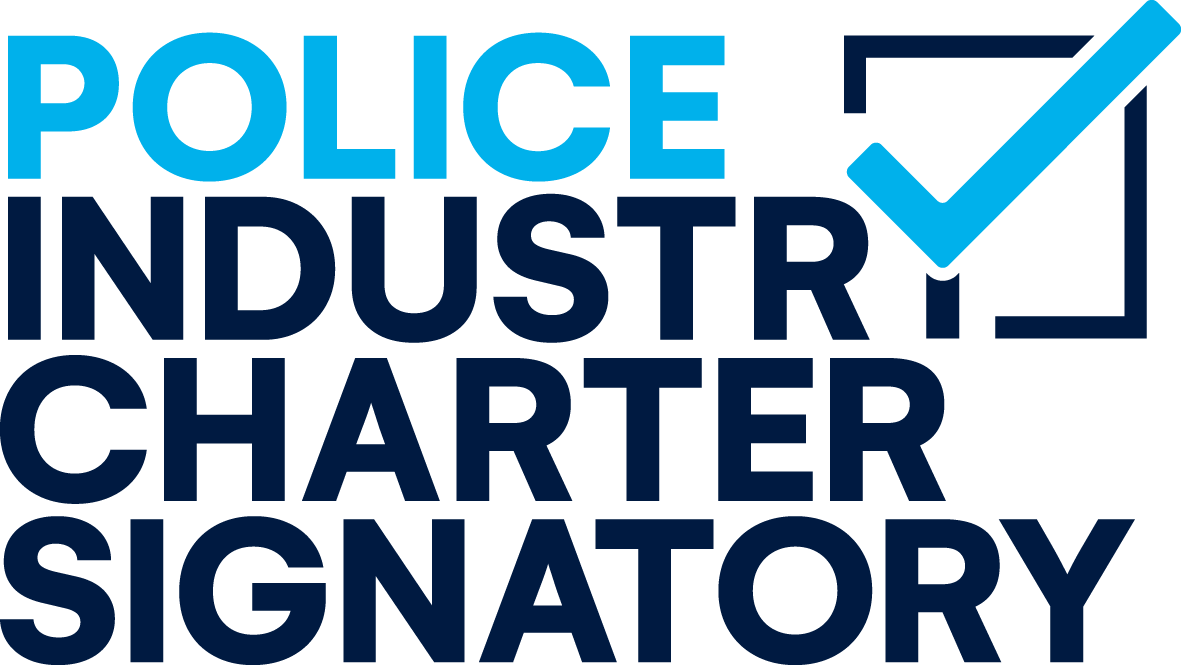
Six Ways to Adjust the Workplace to Support Autistic Employees
Creating an inclusive environment where everyone can thrive is necessary for employee satisfaction, productivity and retention. This is especially true for neurodivergent and autistic employees. Autistic individuals offer unique strengths, such as attention to detail, creativity, and unique perspectives. However, they may also face challenges that typical workplace settings don’t naturally accommodate.
By making a few practical adjustments, you can create a more supportive and productive environment for autistic employees. In this article we will look at six adjustments that can be made to promote inclusivity in the workplace, along with practical changes for each of the six adjustments.
1. Create a Sensory-Friendly Environment

Many autistic individuals experience heightened sensitivity to sensory stimulus, such as bright lights, loud noises, and strong smells. These can be overwhelming and distracting, affecting their ability to focus and perform tasks and work effectively. To create a sensory-friendly environment, consider the following steps:
Adjust Lighting
Harsh fluorescent lights can be difficult for some autistic individuals. Where possible, opt for natural lighting or use dimmable LED lights. Offering employees control over the lighting in their workspace, such as providing desk lamps or adjustable overhead lights, can make a significant difference.
Minimise Noise
Open-plan offices can be noisy and chaotic, which may be challenging for autistic employees. Consider creating quiet zones or providing noise-cancelling headphones to help them focus. Installing sound proofing, such as carpets, curtains, or acoustic panels, can also reduce ambient noise.
Reduce Clutter
A cluttered workspace can be overwhelming. Encourage clean, organised workspaces and provide storage solutions to minimise visual distractions. This can help autistic employees feel more comfortable and focused.
2. Implement Clear and Structured Communication

Autistic individuals often benefit from clear, direct, and structured communication. Ambiguous instructions or feedback can lead to confusion. By refining your communication practices, you can better support your autistic employees:
Be Direct and Specific
When giving instructions, be clear and precise. Avoid using vague language, idioms, or metaphors that could be misinterpreted. For example, instead of saying “Can you get this to me soon?” specify a deadline like “Please send this to me by 3pm on Wednesday.”
Provide Written Instructions
Verbal instructions can sometimes be difficult to process. Providing written instructions can help autistic employees refer back to the information as needed, reducing the likelihood of errors.
Use Consistent Communication Channels
Establish preferred methods of communication, whether it’s email, instant messaging, or face-to-face meetings. Consistency helps autistic employees know where and how to expect communication.
3. Offer Flexible Working Arrangements

Flexibility in the workplace can be fundamental for autistic employees, who may struggle with set schedules or environments. By offering flexible working arrangements, you can help them manage their work more effectively:
Flexible Hours
Allowing employees to start and end their workday at times that suit them can make a big difference. Some autistic individuals may find it easier to work during quieter periods when the office is less crowded and noisy.
Remote Working
For some autistic employees, the home environment may be better for their productivity than the office. Offering remote working options, even part-time, can help them manage sensory sensitivities and reduce stress.
Customised Workspaces
If remote working isn’t possible, consider allowing employees to customise their workspaces to better suit their needs. This might include choosing where they sit, adjusting their desk setup, or using specific tools or software that help them work more efficiently.
4. Provide Structured Routines and Expectations

Many autistic individuals thrive on routine and predictability. Sudden changes in the workplace can cause anxiety and disrupt their performance. To help your autistic employees feel more comfortable and secure, you can:
Establish Clear Routines
Whenever possible, keep schedules and routines consistent. If changes are necessary, provide as much notice as possible and explain the reasons for the change.
Set Clear Expectations
Clearly define roles, responsibilities, and expectations. This helps autistic employees understand what is required of them and reduces uncertainty. Regular check-ins can ensure they are on track and provide opportunities to clarify any doubts.
Use Visual Schedules
Visual aids, such as calendars or project timelines, can help autistic employees plan their work and manage their time effectively. These tools provide a clear overview of tasks and deadlines, making it easier to stay organised.
5. Create an Inclusive Social Environment

Social interactions in the workplace can be challenging for some autistic individuals. Traditional team-building activities or informal social events may not be enjoyable or accessible to everyone. To create a more inclusive social environment, you can:
Offer a Variety of Social Activities
Instead of relying on a single type of social activity, such as after-work drinks, offer a range of options that might appeal to different people. For example, you could organise a lunchtime book club, a quiet board game session, or a walking group.
Respect Personal Boundaries
Understand that some autistic employees may prefer to limit their participation in social activities or may need time to themselves during breaks. Respect these boundaries and avoid pressuring them to participate.
Promote Awareness and Understanding
Encourage all employees to learn about autism and the diverse ways it can affect individuals. Offering training sessions or resources can help create a more empathetic and supportive workplace culture.
6. Provide Tailored Training and Development Opportunities

Autistic employees, like all employees, benefit from opportunities for growth and development. However, they may need adjustments to standard training methods to fully engage and benefit from these opportunities. Consider the following approaches:
Offer Personalised Training
Some autistic employees may prefer one-on-one training sessions rather than group workshops. Tailoring the training approach to individual needs can help them absorb information more effectively.
Use Clear and Visual Learning Aids
Many autistic individuals are visual learners. Providing diagrams, flowcharts, or videos alongside verbal or written instructions can help reinforce learning.
Mentorship Programmes
Pairing autistic employees with a mentor who understands their needs and strengths can provide valuable support and guidance as they develop in their roles.
Additional Support
Adjusting the workplace to support autistic employees is not just a matter of compliance but a powerful way to utilise the full potential of everyone.
By creating a sensory-friendly environment, implementing clear communication, offering flexible working arrangements, providing structured routines, promoting an inclusive social environment, and tailoring training and development opportunities, you can create a workplace where autistic employees thrive. These adjustments benefit not only autistic employees but the entire organisation, promoting a culture of inclusion, respect, and collaboration.
If you would like to learn more practical ways you can adjust the workplace to support autistic employees, discover our e-learning modules, Autism in the Workplace.
If you have any questions or would like to find out more about Workforce Inclusion training courses, get in touch with Issured’s Head of Training and Development, Tom Cliffe.
Recent Posts
Online learning has become increasingly popular in recent years, completely transforming education and teaching. Traditional in-person teaching methods are no [...]
In the complex modern workplace, one often-overlooked aspect that weaves its way into everyday decisions is unconscious bias. Like a [...]
How can businesses preserve cybersecurity where constant digital evolution, and utilising new technologies, is the key to staying competitive? As [...]














